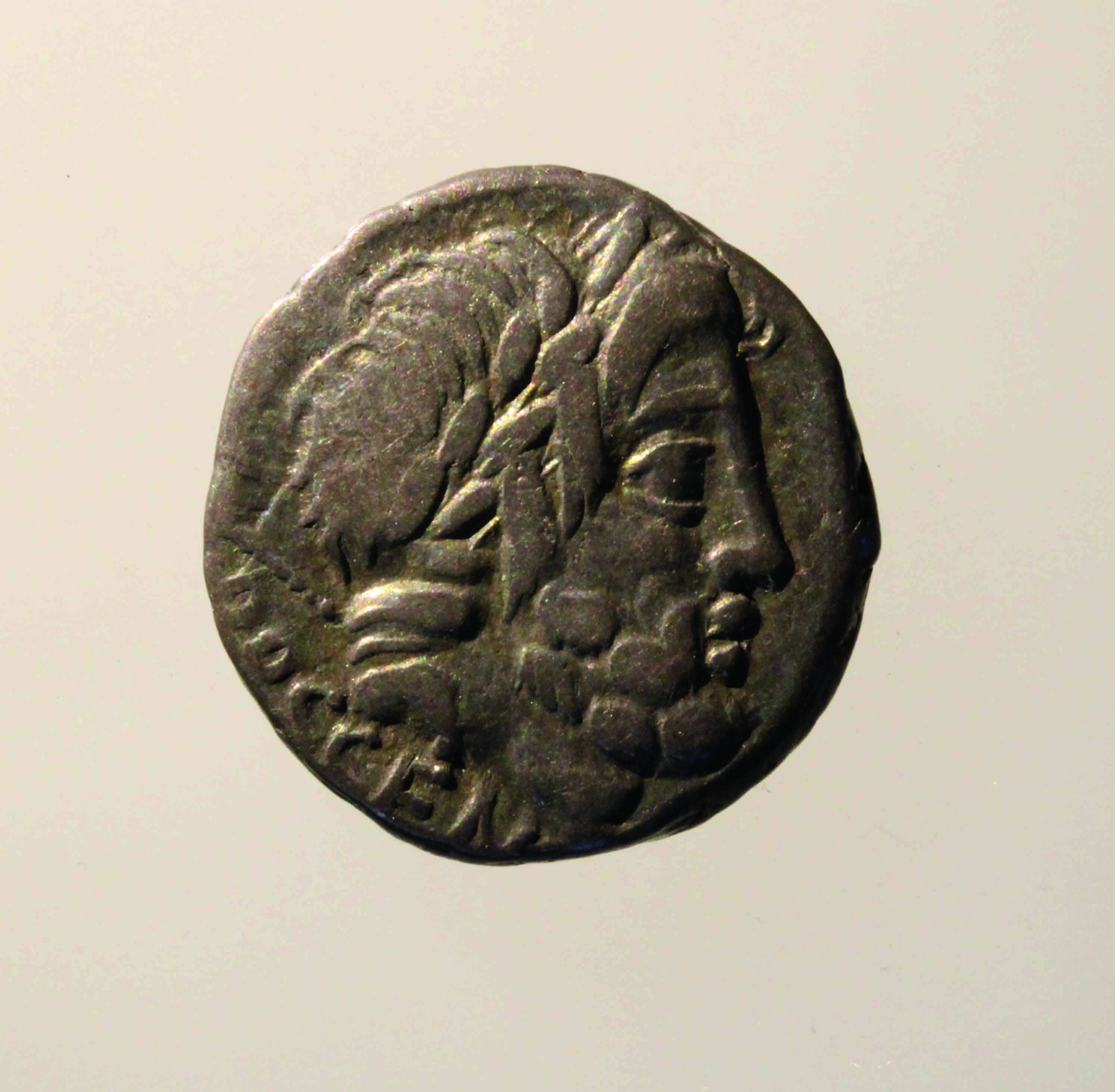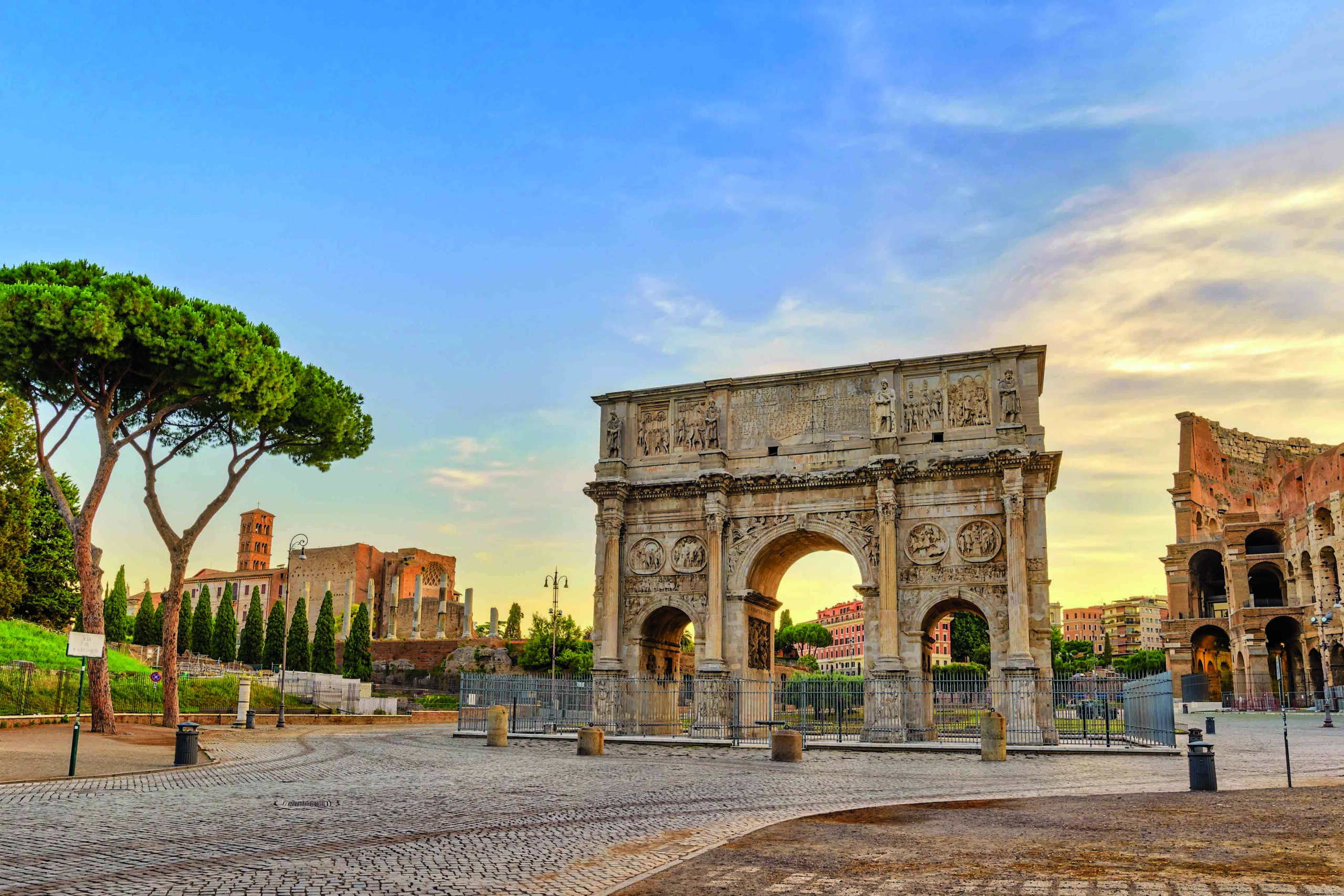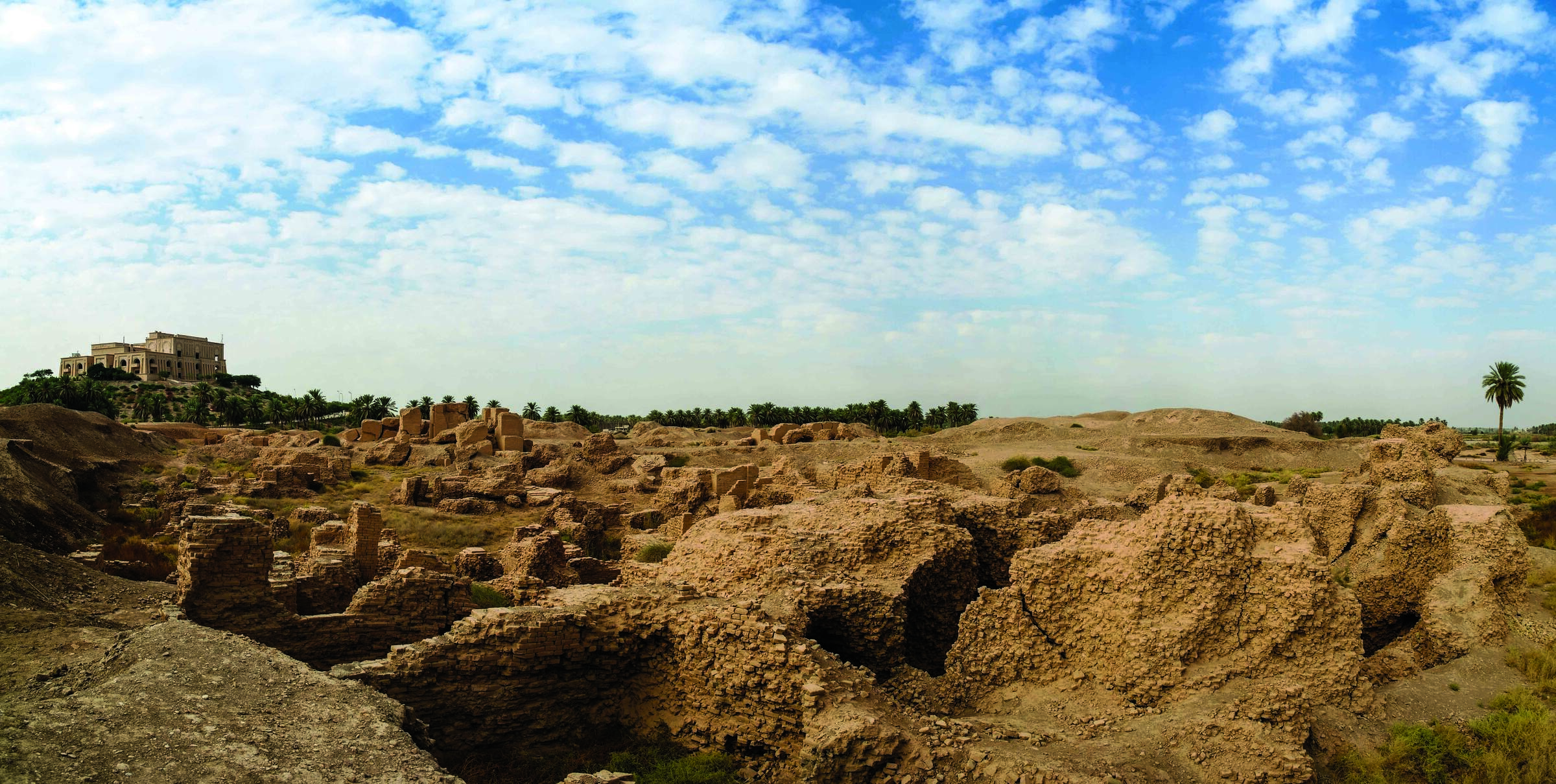
COVENTRY, ENGLAND—According to a statement released by the University of Warwick, Kevin Butcher of the University of Warwick, Matthew Ponting of the University of Liverpool, and Adrian Hillier of the ISIS Neutron and Muon Facility at the STFC Rutherford Appleton Laboratory analyzed the composition of Roman denarii minted between about 200 B.C. and A.D. 64 in an effort to understand the Roman economy. In his essay De Officiis, Roman statesman Marcus Tullius Cicero wrote around 86 B.C. of a financial crisis in which “the coinage was being tossed around, so that no one was able to know what he had.” The researchers found that denarii minted before 90 B.C. had been made of pure silver, but within five years, the silver had been cut with up to 10 percent copper. Some of the coins in the study were just 86 percent silver, Ponting said, indicating a severe currency crisis after years of war. Butcher suggests this addition of copper to the mix could be behind Cicero’s claim that the coinage was “tossed around.” Cicero also wrote that the Roman tribunes and college of praetors restored the denarius to a high-quality currency under an edict issued by Marius Gratidianus, who took credit for the very popular currency reform. To read about taxation under the Roman Empire, go to "Ancient Tax Time: Filling the Coffers."










